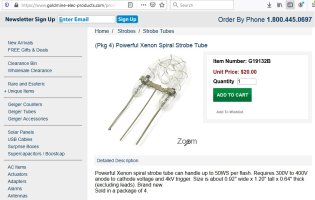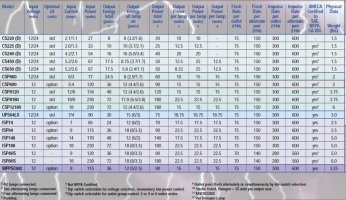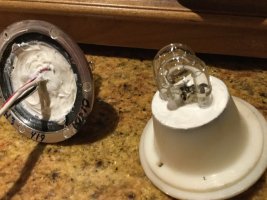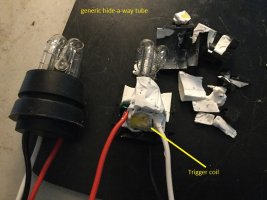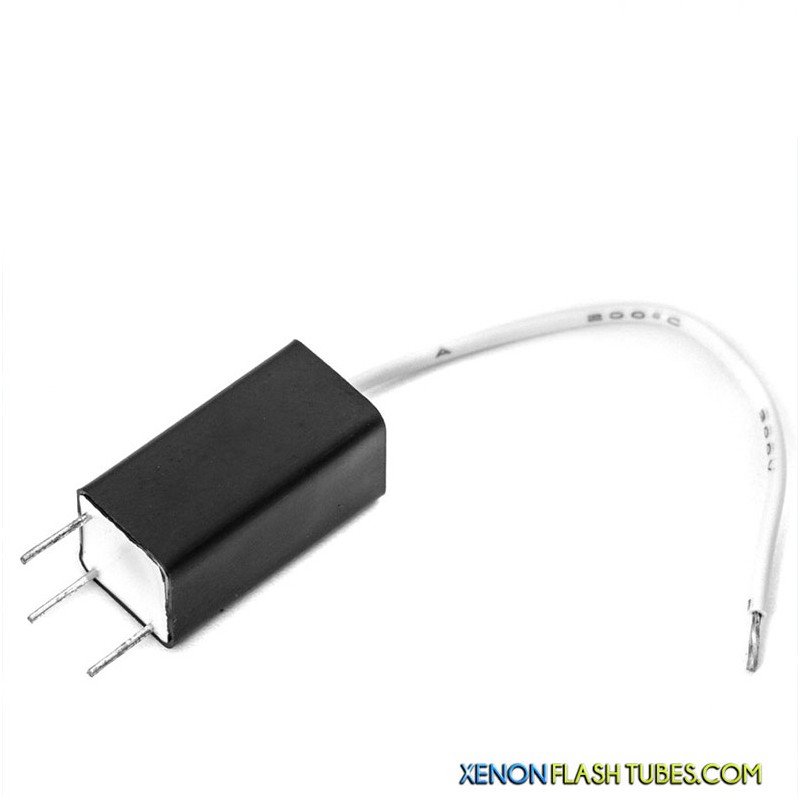I understand that the Whelen CSP690 has 6 outputs with 15W each for a total of 90W.
What would happen if one would use a 50W bulb instead of a 15W?
Will I burn up the CSP690 or will the 50W bulb just produce 15W?
What if I just replace one of the 4 bulbs used with a 50W and the other three are left 15W?
I found a source for inexpensive 50W Xenon lights...
What would happen if one would use a 50W bulb instead of a 15W?
Will I burn up the CSP690 or will the 50W bulb just produce 15W?
What if I just replace one of the 4 bulbs used with a 50W and the other three are left 15W?
I found a source for inexpensive 50W Xenon lights...


